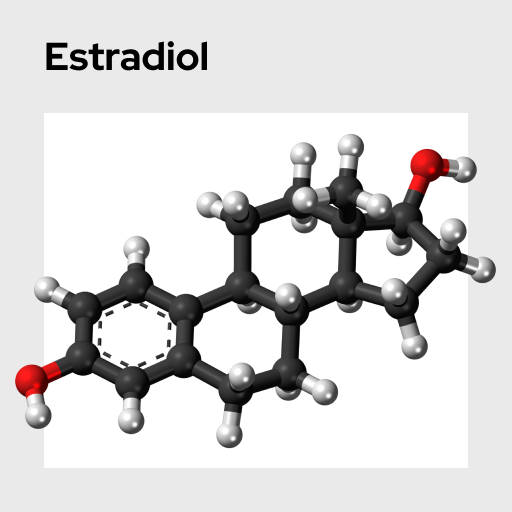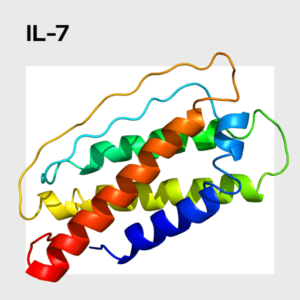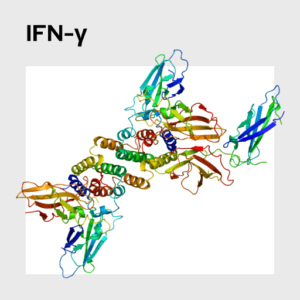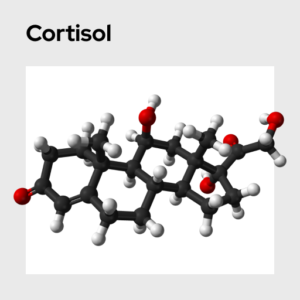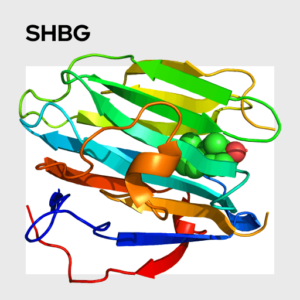Estradiol
Estradiol is a female sex hormone. Estradiol peaks near ovulation – when women release an egg each month – and reaches peak levels when fertility is high (both across the lifespan and across the menstrual cycle). Estradiol levels may be associated with levels of female sexual desire, attunement to men, women’s partner preferences, and physical attractiveness, particularly when measured within women (compared to between women). Estradiol also modulates immune function.
Name: Estradiol
Category: Women’s sex hormones
Type of Test: Blood + Saliva
Estrogen, the primary female sex hormone, is present in the body in three different forms: estrone (E1), estradiol (E2), estriol (E3). Estradiol (17β-estra-1,3,5,10-triene-3,17-diol, E2) is the most abundant and active form of the estrogen. As an estrogen, estradiol is responsible for the development and maturation of female sex characteristics and menstrual cycle regulation. Specifically, estradiol acts as a growth hormone in developing reproductive structures such as the fallopian tubes, vaginal lining, cervical glands, and endometrium. Estradiol plays a pivotal role in stimulating ovulation and thickening the uterine lining (the endometrium) to prepare for implantation. Estradiol also influences the development of secondary female sex characteristics, such as the growth of breasts, distribution of fat, and widening of hips. Although it is particularly important to women’s health, estradiol is present in both women and men. In both sexes, estradiol acts as a growth hormone, mediating bone growth and skin elasticity. It also impacts sexual motivation and desire in both sexes.
Estradiol is a steroid sex hormone and is thus derived from cholesterol. Much of the female body's estradiol is metabolized from androstenedione in the granulosa cells in ovarian follicles. Androstenedione is metabolized to estrone (E1), which is converted to estradiol (E2). This process occurs primarily in growing ovarian follicles during the menstrual cycle, but estradiol is also synthesized in small amounts in the zona reticularis of the adrenal glands, adipose tissues, arterial lining, brain, breasts, and liver. In men, small amounts of estradiol are aromatized from testosterone in the testes' Leydig cells.
The secretion of estradiol is closely tied to the menstrual / ovulatory cycle. Estradiol is the dominant female sex hormone during the follicular phase of the cycle, peaking at ovulation, when an egg is released, and then falling. Estradiol secretion is regulated via a series of feedback loops controlled by the hypothalamic-pituitary-gonadal (HPG) axis. Like many sex hormones, estradiol secretion is age-dependent. Estradiol is the most abundant estrogen present during female reproductive years (puberty to menopause), and the levels drop dramatically after menopause.
Estradiol is commonly prescribed as one of the active ingredients in hormonal contraceptives and hormonal replacement therapy (HRT) for postmenopausal women. The importance of estradiol, however, is not limited to women’s reproductive health. Estradiol has become important in psychological research because of its link to cognition, emotion, and behavior. Estradiol can be measured via serum / plasma and saliva samples; levels in each of these sample types are typically positively correlated. It is best if estradiol is tested across the menstrual cycle to allow for a fuller picture of its effects.
Balthazart, J., & Ball, G. F. (2006). Is brain estradiol a hormone or a neurotransmitter?. Trends in neurosciences, 29, 241-249. https://pubmed.ncbi.nlm.nih.gov/16580076/
Durante, K. M., Griskevicius, V., Hill, S. E., Perilloux, C., & Li, N. P. (2011). Ovulation, Female Competition, and Product Choice: Hormonal Influences on Consumer Behavior. Journal of Consumer Research, 37, 921–934. https://doi.org/10.1086/656575
Fiers, T., Dielen, C., Somers, S., Kaufman, J. M., & Gerris, J. (2017). Salivary estradiol as a surrogate marker for serum estradiol in assisted reproduction treatment. Clinical Biochemistry, 50, 145-149. https://pubmed.ncbi.nlm.nih.gov/27668549/
Roby, K. F. (2019). 17 Beta Estradiol. Reference Module in Biomedical Sciences. https://doi.org/10.1016/b978-0-12-801238-3.98019-x
Shirtcliff, E. A., Granger, D. A., Schwartz, E. B., Curran, M. J., Booth, A., & Overman, W. H. (2000). Assessing estradiol in biobehavioral studies using saliva and blood spots: simple radioimmunoassay protocols, reliability, and comparative validity. Hormones and Behavior, 38, 137-147. https://pubmed.ncbi.nlm.nih.gov/10964528/


